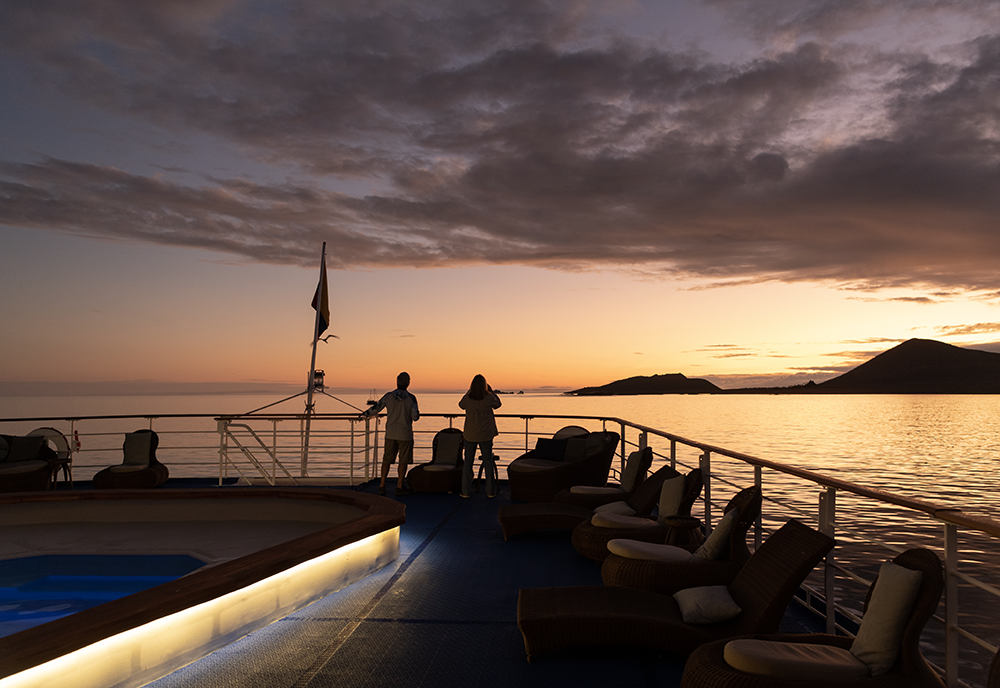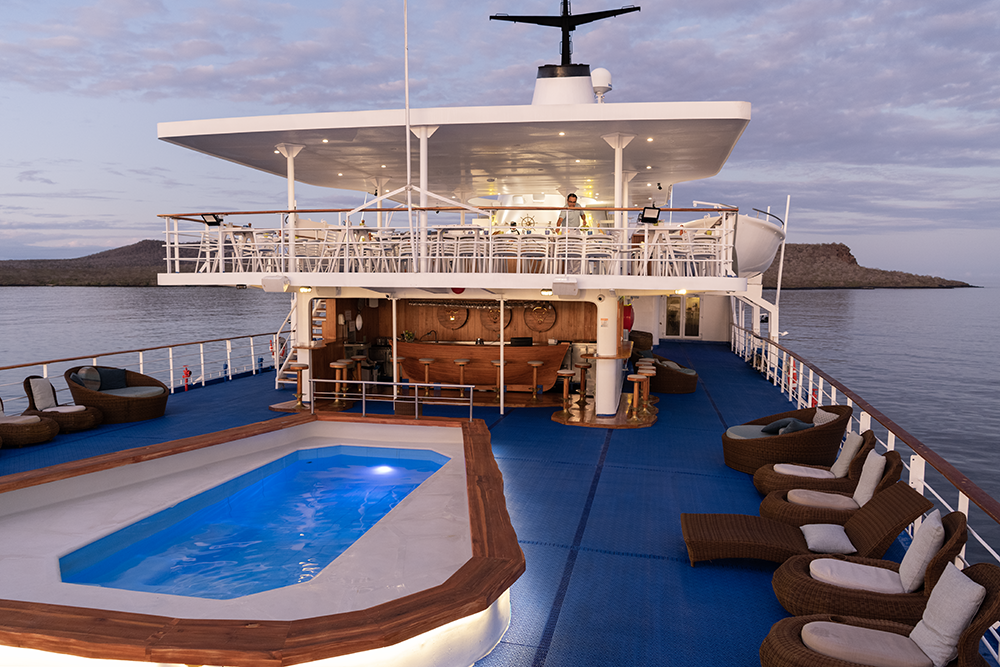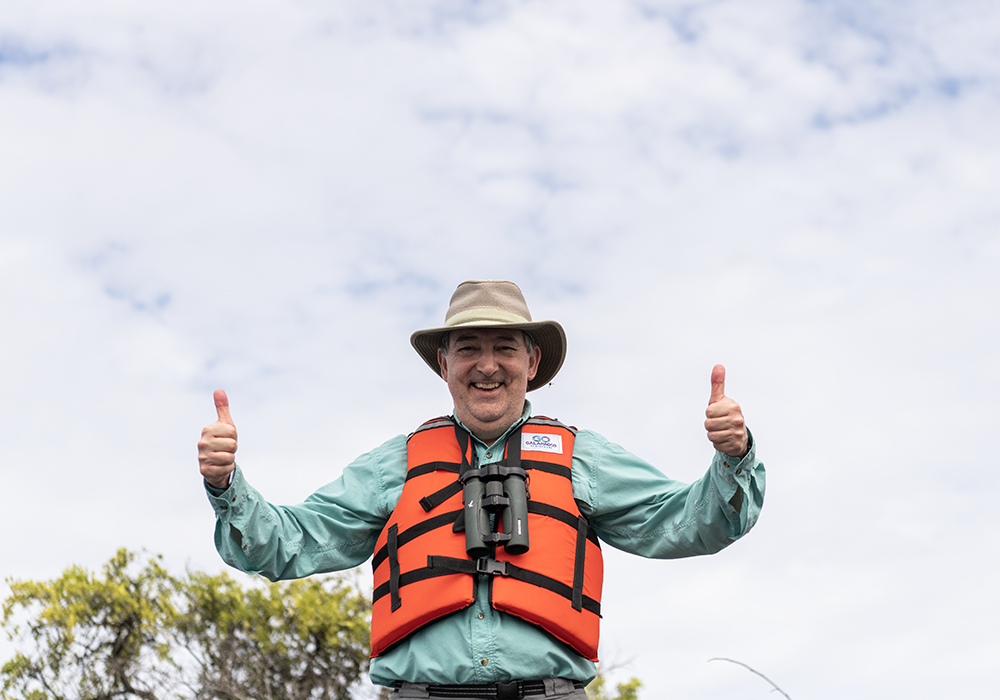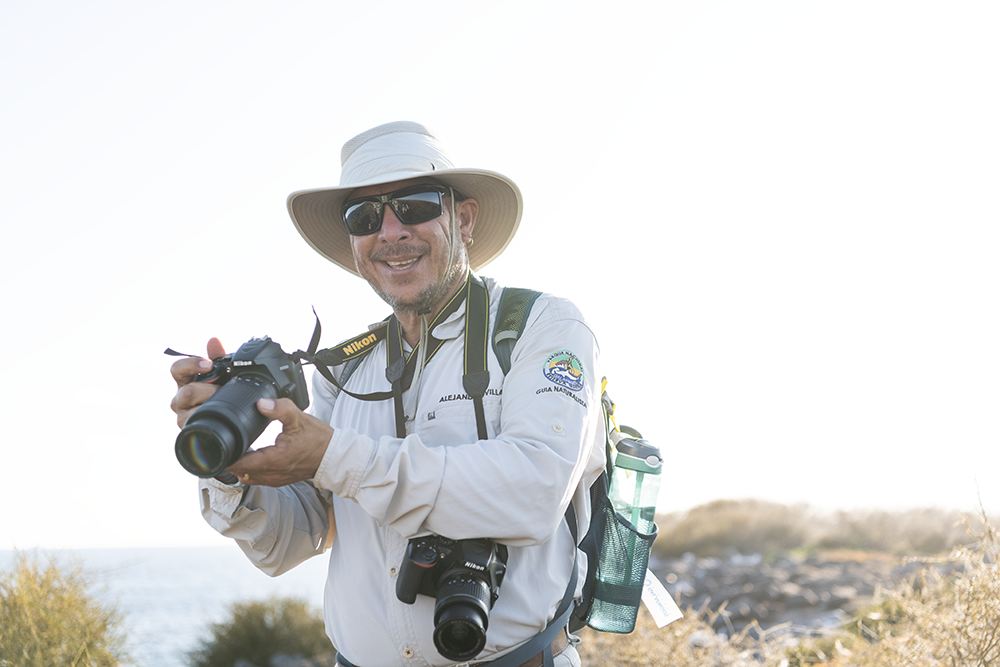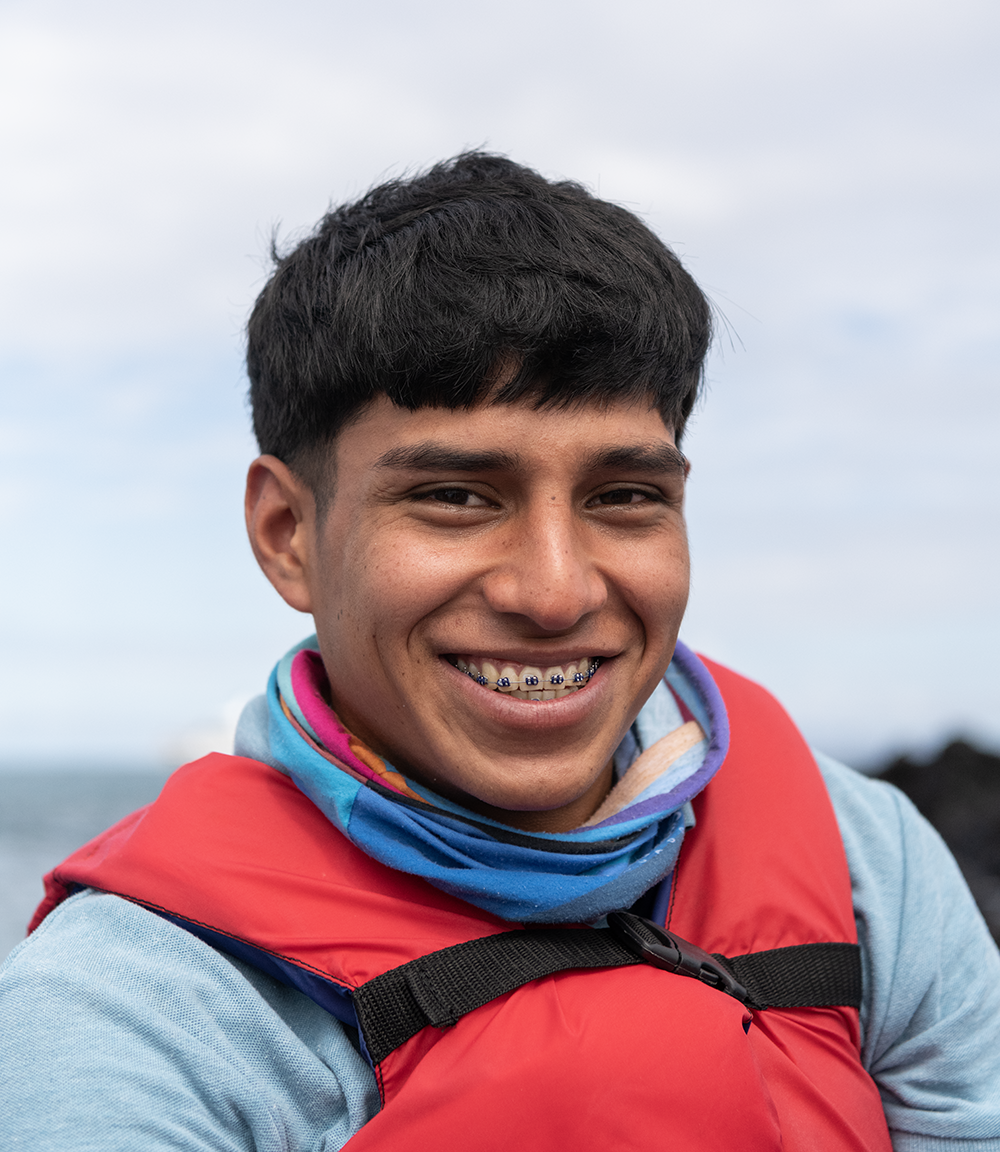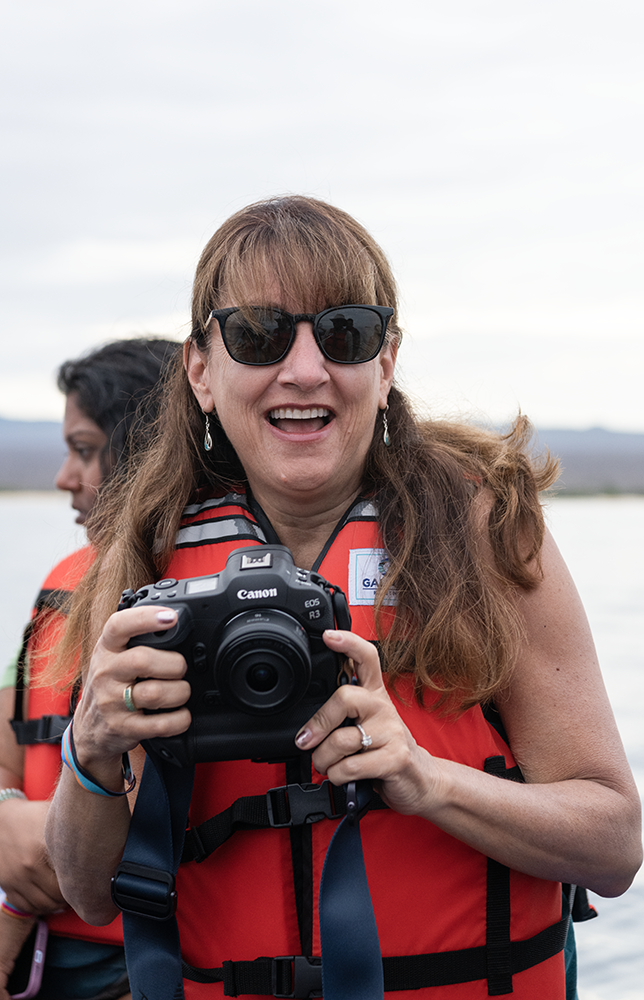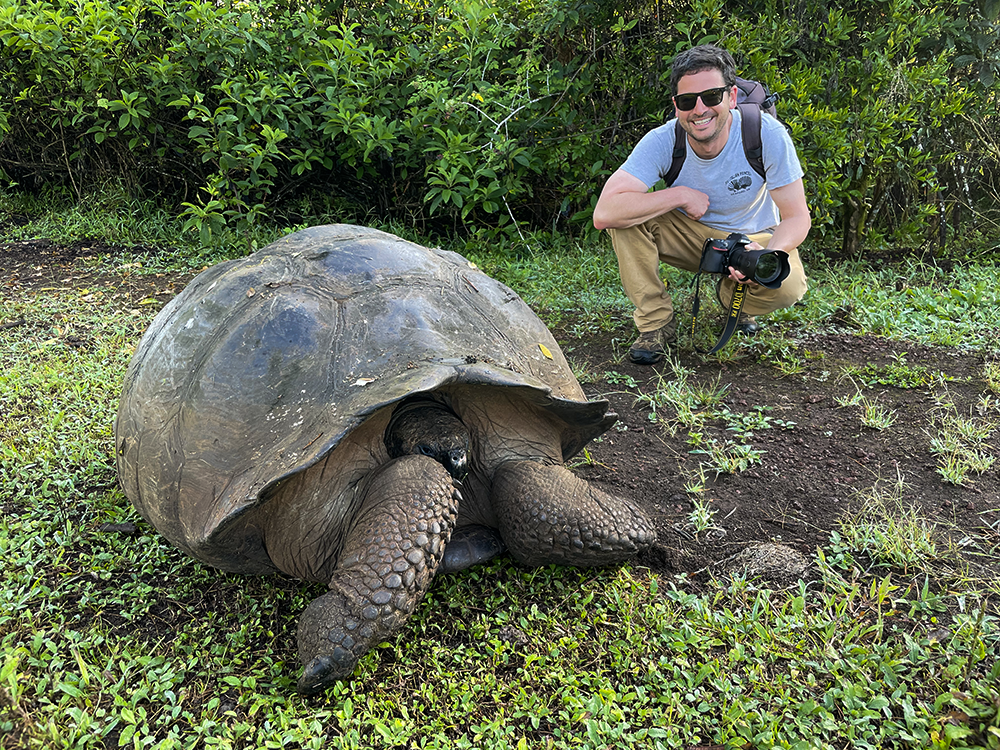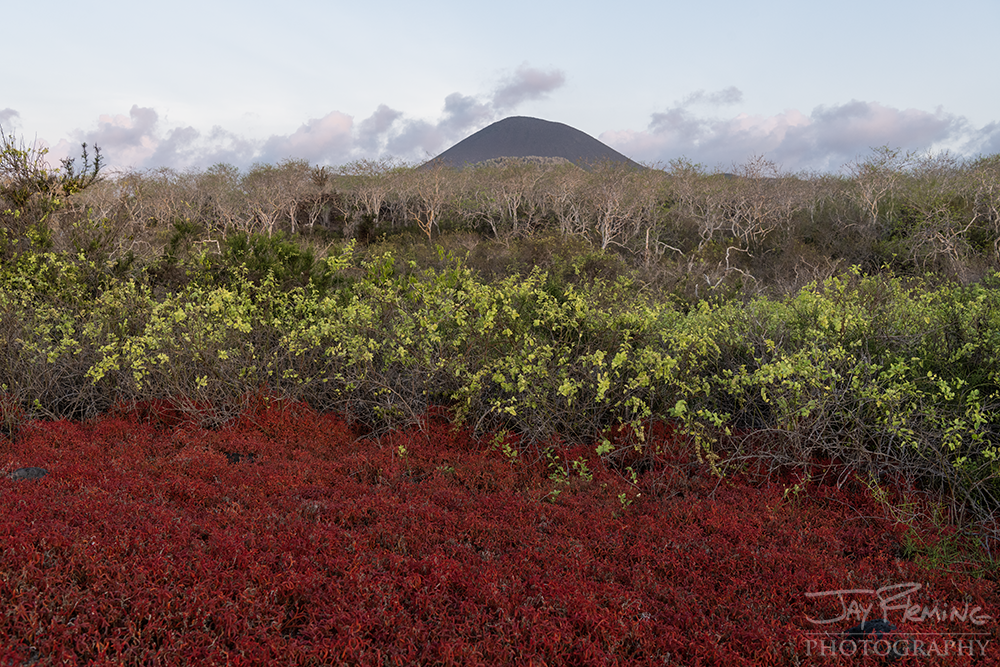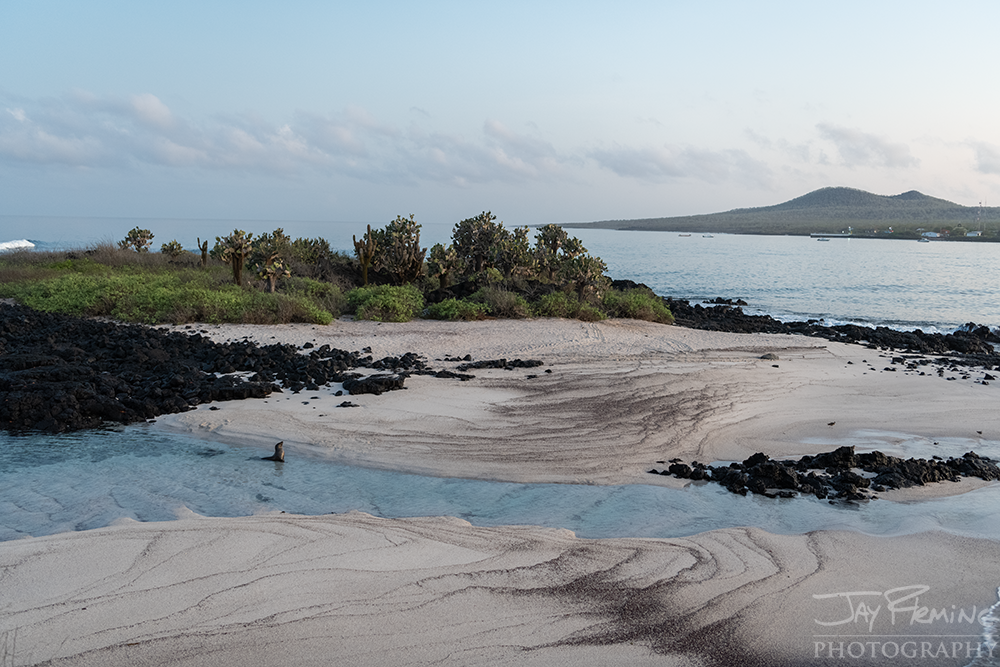Behind the scenes of my underwater photography done in the Galápagos during the trip in January/February 2023. The snorkeling around the islands was incredible, unlike anything that I had ever experienced. Sea turtles, sharks, dolphins and dozens of species of tropical fish were seen on almost every dive.
Galápagos Photography Workshop
The boat is almost full! There are only two spaces left out of 14 left on the January 2024 photography workshop in the Galápagos that I am leading with Emily Carter. This is an incredible opportunity to experience the islands and the incredible wildlife photography both underwater and on land. For this trip I have partnered with Holbrook Travel to provide the most comfortable and authentic international travel experience. The ten-day trip includes eight days in the Galápagos on a private yacht with multiple photography excursions to different islands each day and a full day of shooting in Quito, Ecuador at the beginning of the trip.
Cruising onboard the Galápagos Legend
I was invited to join Holbrook Travel in late January 2023 on a five day trip to the Galápagos Islands off the coast of Ecuador. The 11 travelers and I were recruited for this ‘FAM’ trip as group leaders. Holbrook offers these FAM trips to familiarize leaders with company’s offerings with hopes that they will work with Holbrook as trip leaders in the future. Our group was made up of five expert birders, three photographers, two travel professionals, a fisheries scientists, and a college professor - all with prior experience in leading trips.
After spending two nights in Quito - Ecuador’s capital city - we flew into San Cristobal Island and boarded the Galapagos Legend. The legend is a 301 foot steel hull ship that worked as a hospital ship in the Vietnam War and then as a passenger ship in the Baltic Sea before being converted into a luxury cruise ship in 2002. The ship runs four different island hopping routes throughout the Galápagos. Our cruise was set to do the southern route, visiting San Cristobal, Espanola, Floreana and Santa Cruz for twice daily excursions to the islands via zodiac.
Our first stop after departing Puerto Baquerizo Moreno on San Cristobal was Espanola Island. This remote uninhabited island is home to a large nesting colony of nazca boobies and the only nesting colony of waved albatross in the archipelago. We arrived about two months early to see the albatross nesting but the boobie nesting season that runs from November to February was in full swing. After landing on the island our guide Alejandro Villa led us on a two-mile hike around the perimeter of Punta Suarez on the western side of the island. The trail cut directly through the colony of nesting nazca boobies. Nests were set up on the edge of the trail and in some cases in the middle of the trail - the birds were seemingly unfazed by presence of the tour groups that visited the island. The birds were sitting on eggs and had chicks at different stages of life. As the group hiked further down the trial we saw different bird species nesting on the interior of the island and along the cliffs - the Galapagos hawk an endemic species to the islands, blue footed boobies, swallow tail gulls and tropic birds. After circumnavigating the trail at Punta Suarez we boarded the zodiac and boarded the Galápagos Legend.
The ship ran between the different islands in the evening as the passengers ate dinner and settled into the cabins for the night. Our next stop was Floreana, a small inhabited island approximately 30 miles to the west of Espanola. We woke up in the morning at Post Office Bay and boarded the zodiacs for the morning’s snorkeling excursion. We disembarked the zodiac a small beach along the edge the protected bay. On the northern side of the beach was a rocky shoreline with an abundance of marine life - Pacific green sea turtles, white tip reef sharks, Mexican hogfish, parrotfish and dozens of other fish species. After an hour of snorkeling, the group loaded up on the zodiacs and ran back to the ship for lunch. The afternoon excursion consisted of a deepwater snorkel at Devil’s Crown - a rock offshore of Floreana and a hike to see nesting sea turtles at Punta Cormorant.
On the fourth day off the trip we woke up fifty miles to the north on Santa Cruz just offshore of a hiking area known as Dragon Hill. After disembarking the zodiacs, we walked along a small beach and past a lagoon. On the beach and in the adjacent lagoon we were able to photograph American flamingos, American oystercatchers, black-necked stilts and the endemic lava heron. As we walked up the trail, further into the island’s interior, we spotted different endemic species of finches and the Galapagos flycatcher. Land iguanas were abundant, feeding on fallen fruit from the endemic species of cactus - Optuni galapegeia . After the two mile hike at Dragon Hill we disembarked the island on the zodiac and ran back to the ship for lunch. The afternoon excursion was a snorkeling trip at Punta Bowditch - a small white sand beach just to the south of the Dragon Hill landing. In the water there were different species of parrotfish, Mexican hogfish and giant schools of black-striped salema. Back on the ship the guides prepared a presentation of photographs and video clips taken during the cruise - it was a great entertaining way to reminisce on the experiences of the cruise.
On day five of the cruise the guides had the group up early to prepare to depart to Santa Cruz for the final excursion of the trip. We loaded the our luggage and gear onto multiple zodiacs and headed towards the Itabaca Channel - a small passage between Santa Cruz and Baltra. We disembarked on the Santa Cruz side of the channel and loaded into a small bus that ran us to El Chato ranch in the interior highlands of the island. At the ranch, there were dozens of Galápagos tortoises roaming the property. The tortoises are an iconic species to the archipelago found on seven of the islands. The Galápagos tortoises are known for their long lives - documented up to 177 years in captivity and more than 100 years in captivity.
After the visit to El Chato ranch I parted ways with the group before they flew back to the mainland for three additional days of birding and wildlife excursions in the Cloud Forest region of Ecuador. I had made plans to stay in the Galápagos on my own for two additional weeks after this trip to focus on underwater photography and the documenting culture of the islands. Additionally, I was hoping to build an extensive portfolio of work from the Galápagos and become more familiar with the islands in preparation for offering a photography workshop through Holbrook in January 2024. The official posting and details about next years Galapagos workshop will be released in March 2023.
Photographs from the cruise on the Galápagos Legend with Holbrook Travel and from the solo portion of the my trip can be seen in the three blog posts linked here - Galápagos Wildlife, Galápagos Landscapes and Galápagos: Way of Life.




